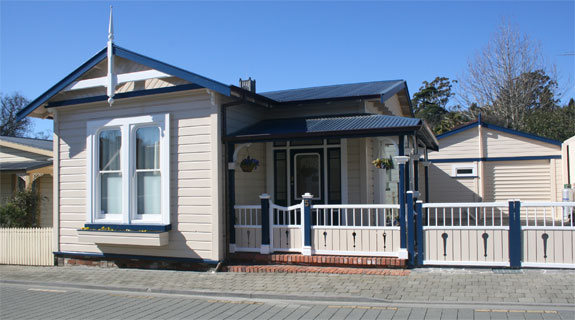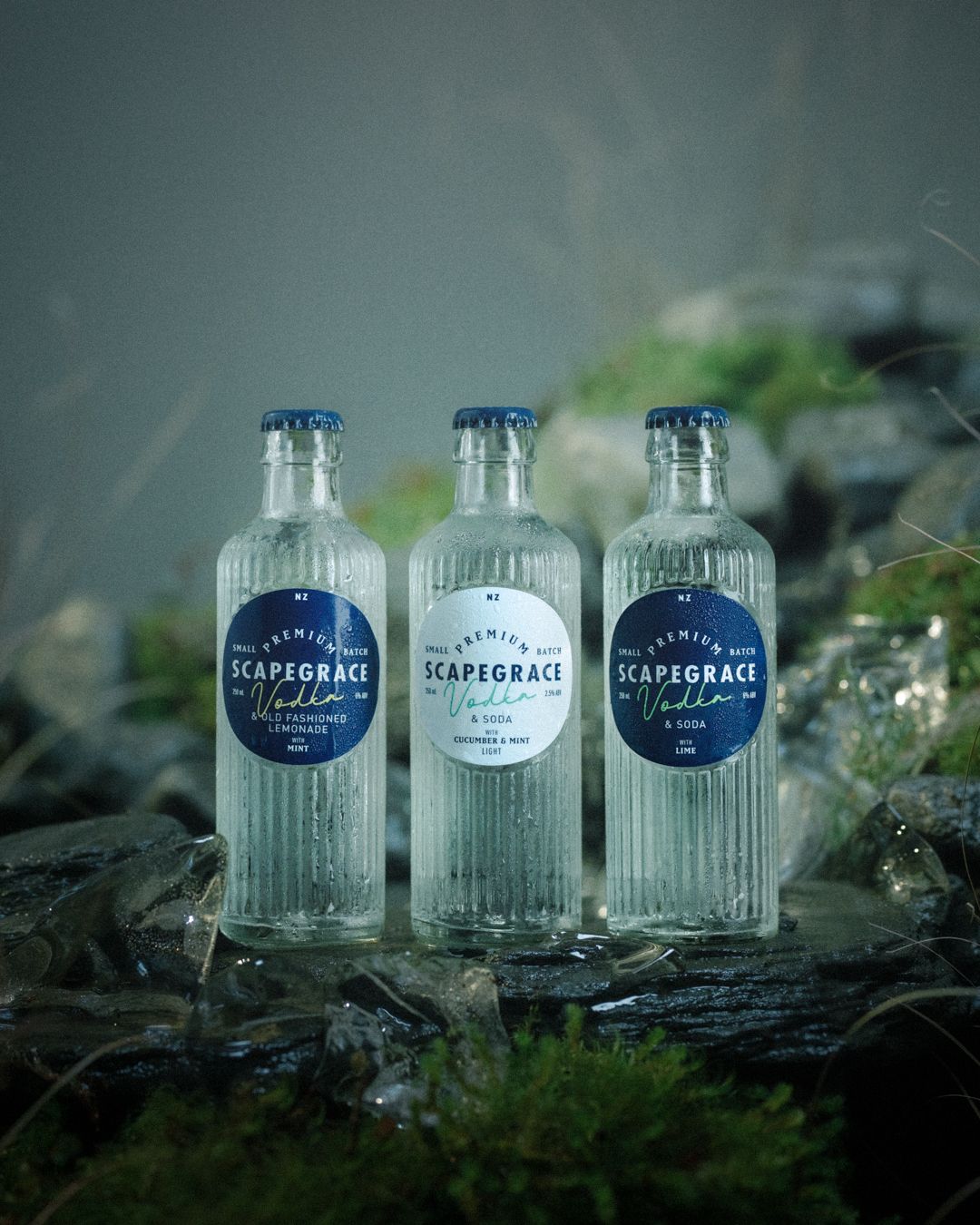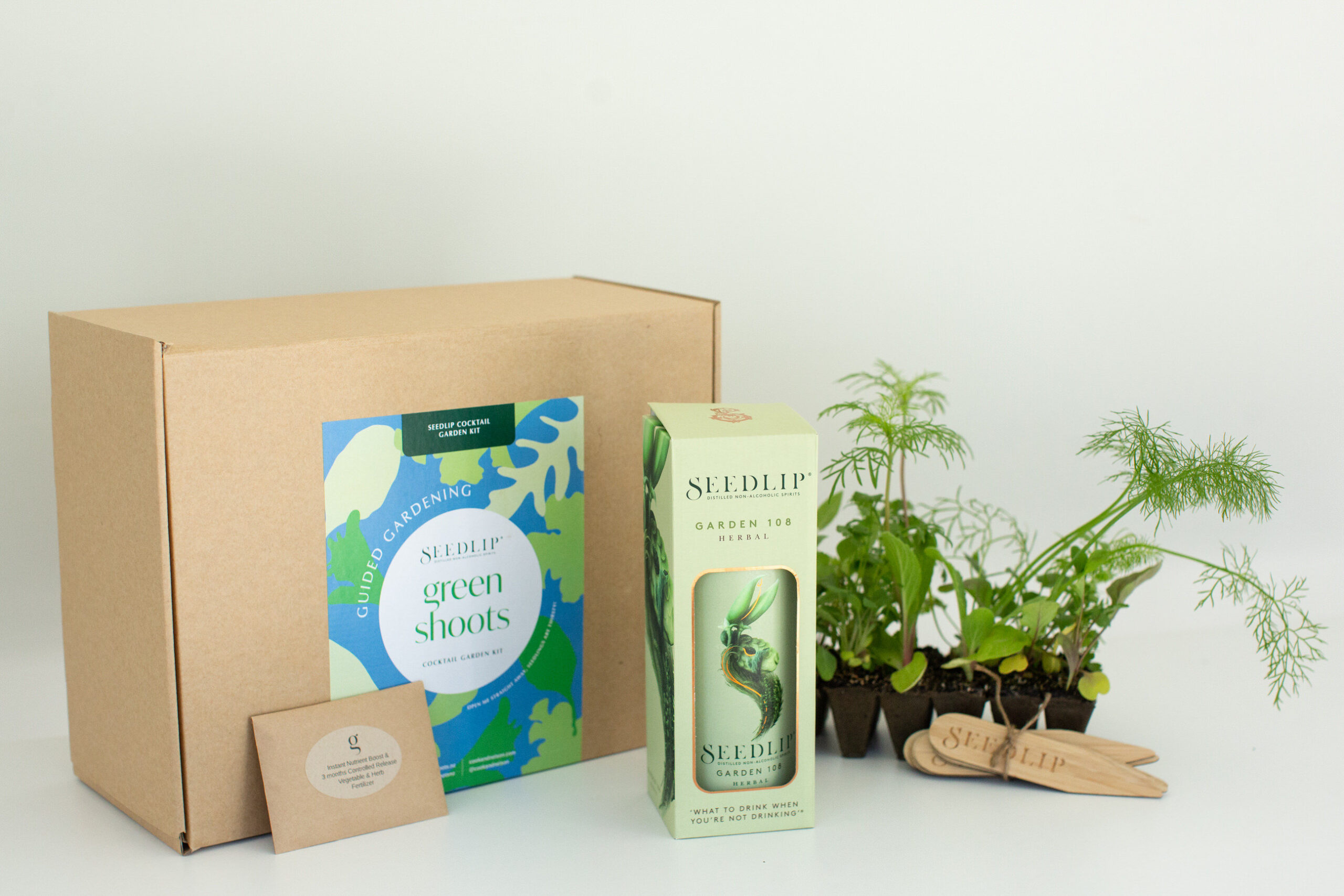This historic cottage on the oldest original street in New Zealand has been given a truly 21st-century makeover
This historic cottage on the oldest original street in New Zealand has been given a truly 21st century makeover
Metal gates aren’t allowed on the street in order to preserve its historic character—so Brian’s electric gates are encased in wood, made to match the veranda. Photograph by Juergen Unger
If your house is 122 years old, you face a particular set of problems when you renovate. Brian Hetzel had more to contend with than just an ancient yellow, dark green and purple colour scheme when he took on Bermudiana Cottage.
He ran into bigger trouble when he applied for consent to put solar hot water and photovoltaic panels on the roof of the Class B heritage home, built circa 1886.
“I had a little problem with that,” says Brian, a laid-back Bermudian who settled in New Zealand ten years ago.
“My neighbours all took out a petition against me. There was big hoo-ha.”
Several other residents of Nelson’s historic South Street presented a petition opposing the solar panels to council. They just didn’t like the idea, says Brian, “but we got over that hurdle”. As it turned out, you can barely see the panels from the street; a once-sceptical neighbour is now thinking of following suit.
But that wasn’t the worst of Brian’s problems. The interior of the house had serious issues. “Everything was totally rotten. I had to put a steel beam in. Everything on the inside had to be completely stripped out.”
Frustrating, sure. Expensive, definitely. But it gave Brian the opportunity to make very clever use of the limited 74-square-metre floor area. The bathroom was moved, making room for a TV nook in the lounge. There was no storage space in the house, so the ceiling of the new bathroom was lowered to create some. The toilet cistern and hot water cylinder were also hidden in the ceiling space to make room for a linen cupboard.


Clockwise from top left: The master bedroom looks over the courtyard; the tiled dining area is softly lit by a skylight; historic South Street; blinds do double duty for both day (transparent) and night (blackout); view through the house
Rimu timber for the floors was reclaimed from a 136-year-old building in Christchurch—although the boards had spent a bit of time buried in a swamp, they scrubbed up well. Doors were reclaimed from a second Christchurch house; only the front and back doors are original.
The floor-to-ceiling sash windows, remade by a local craftsman in macrocarpa, replicate the original windows. “They’re absolutely identical to the originals, other than the fact that they’re double-glazed,” says Brian.
The windows of the bedroom at the front of the house have also been tinted with an opaque privacy screen, but you get used to gawkers when five or six hundred people come down the historic street every day in summer. Peering through the windows, most are surprised to find real people living in the movie-set-like cottages.

From left: The cedar wardrobe travelled all the way from Brian’s previous home in Bermuda; fireplaces are now banned in Nelson, so stones recovered from the home’s old hearth protect a vulnerable tree in the courtyard; an enormous butler sink lends luxury to the kitchen
South Street is said to be New Zealand’s oldest street, with all its original homes still standing. Although some, like Brian’s, have been renovated significantly, all the original frontages are protected. Many of the cottages now operate as short-term accommodation for visitors, with the centre of Nelson city just a block away. Bermudiana Cottage itself is up for rent, aimed at the business end of Nelson tourism.
Handy and historic though it may be, when the southerly wind blows through South Street, it’s a very cold street indeed.
It used to be colder inside the house than outside, says Brian. He’s remedied that with a passive heat system, transferring warm air to the house when the temperature in the ceiling cavity reaches 20°C. The heat system runs on solar power, although the home’s four heat pumps (all running off one master unit) draw power from the mains. Walls—both exterior and interior—are insulated with wool.

LED uplights line the TV nook. Interior photographs by Daniel Allen
The whole house is lit by LEDs, powered by two photovoltaic panels. With all the uplights, downlights and outside lights on full, the wattage amounts to just that of three regular incandescent bulbs. Dimming switches allow the wattage to be reduced further still.
“At night-time you could have all the lights on, and you’d feel really comfortable at just over 125 watts,” says Brian. “With them on bright, it’d be a bit less than 300 watts.”
The lights were built specifically for Brian by Nelson firm Weka Electronics. “This is all brand new stuff, they’re not even on the market,” he says.
The new technology around energy-efficiency is definitely a major factor in Brian’s decision to renovate sustainably.
“I love gadgets,” he says, characteristically laconic. “Plus, there’s the fact that it makes sense. If it didn’t make sense I wouldn’t do it.”







